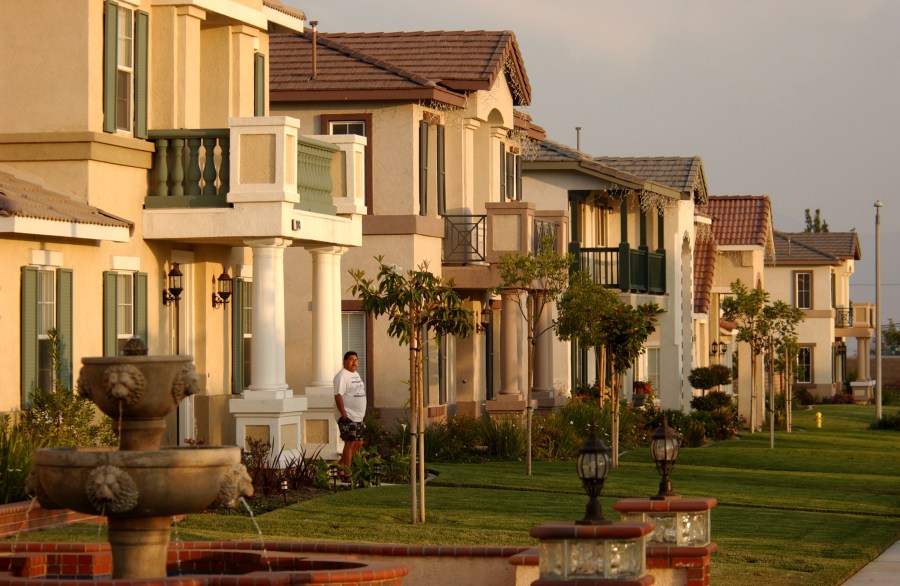When Californians are asked to identify the biggest problems facing the state, homelessness and the high cost of living consistently rise to the top of the list.
While they are not one and the same, experts say both can trace their roots to the same problem: a housing shortage in the Golden State.
A recent study conducted by the University of California, San Francisco found that in the six months prior to becoming homeless, survey participants reported a median monthly household income of $960, which amounts to just $11,520 a year.
According to Zillow, the median rent for a two-bedroom apartment in California is three times that: $2,869 a month or $34,428 per year.
“The results of the study confirm that far too many Californians experience homelessness because they cannot afford housing,” said Dr. Margot Kushel, one of the study’s authors. “I think it’s really important to note how desperately poor people are, and how much it is their poverty and the high housing costs that are leading to this crisis.”

The lack of affordable housing in California is a complex problem with no simple solutions. But what is simple is the basic economic law of supply and demand.
More housing options should, in theory, create more competition that keeps costs in check.
State officials say California needs to build 180,000 new housing units each year and 2.5 million homes by 2030 to meet demand.
“At best, California is building about half of that number, adjusted for losses to old age, fires and other calamities, and construction seems to be slowing due to sharp increases in interest rates,” CalMatters journalist Dan Walters notes.
While interest rates may be a factor, Jordan Levine, chief economist at the California Association of Realtors, sees a labyrinth of other challenges.
“We have a statewide regulatory environment that makes it easy to challenge projects and put up roadblocks,” Levine told KTLA. “There’s a whole patchwork of local regulations, fees and permit processes that are both expensive, not transparent, and hard to navigate.”
The “Not in My Backyard” or NIMBY factor, Levine says, is also a significant hurdle that developers need to clear in order to break ground on new projects.
“People have a lot of opportunity to challenge at the local level through the planning process and zoning,” he says. “Then you have the perception issue. We haven’t done a good job connecting the dots between this lack of housing supply and the impact on our kids and our viability as one of the biggest economies in the world.”
California Senate Bill 35, which passed in 2017, requires local governments to streamline the process for developers to build multi-family housing projects in areas already zoned for residential use.
How is SB 35 going so far?
According to a new study from the Terner Center for Housing Innovation at UC Berkeley, between 2018 and 2021, 156 projects with roughly 18,000 units were approved or are under review with SB 35 – just 10% of what California needs to build each year just to keep up with demand.
Some municipalities, including Huntington Beach and Elk Grove, have openly challenged the law and, as a result, face lawsuits from the California Attorney General’s Office.

In those communities and with their elected officials, preserving property values and character take priority over any state mandate to create more housing.
California’s housing and homelessness issues have continued to worsen each year despite Gov. Gavin Newsom and the Democratic-controlled state Legislature spending billions of dollars in taxpayer money on the problem. Nearly all of that money has gone to local governments, who have their own housing and homelessness policies.
Newsom, who won reelection in November, has aggressively challenged local governments to comply with state standards. Last year, he delayed $1 billion in homelessness funding for local governments because he said their plans to spend the money weren’t good enough.
Newsom later released the money after a closed-door meeting with local officials.
“We need to do more, to do better as a state to address the original sin that is affordability,” Newsom said. “At the end of the day, it’s the No. 1 issue that connects all the other bills and challenges and sins of the state together – the cost of living.”
The Associated Press contributed to this report.












